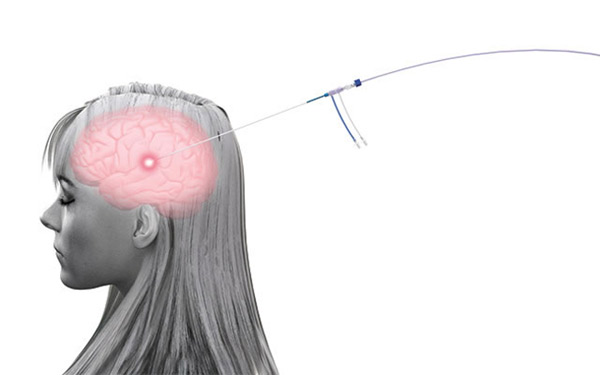
For people with brain tumors, treatment usually involves invasive surgery as surgeons open portions of the skull to remove the cancer. If a tumor comes back, patients may begin to run out of options. A new FDA- approved device, also used to treat epilepsy, is now giving some patients another chance.
Sixty-five-year-old Linda Fahey is writing a book, but weakness on her left side is slowing her progress. She’s recovering from a three-year-long health battle.
Fahey told Ivanhoe, “I had four craniotomies after I had a seizure. They found brain cancer.”
Each time, Linda had major, invasive surgery to remove the tumor. Each time, the cancer came back; devastating news for her and her family.
“Every time you go in for brain surgery, you say goodbye to all your loved ones because you just don’t know,” she said.
Khaled Aziz, MD, Neurosurgeon at Allegheny Health Network in Pittsburgh operated on Linda in each case, but when the cancer returned in October for the fifth time, Dr. Aziz used a new approach.
The Visualase system is guided by MRI. Doctors map the approach to the tumor, and then make a tiny perforation in the skull to insert a laser probe.
Dr. Aziz told Ivanhoe, “So, that’s why the laser takes an appealing role because you really almost don’t need any opening.”
The laser delivers heat up to 95 degrees to ablate the tumor, and stop the cell growth. Linda needed just a stitch or two to close the opening in her skull, meaning a much quicker recovery.
Fahey said, “The day after brain surgery you’re walking around in the grocery store.” And back to tapping out the next chapter in her life story.
Dr. Aziz says the Visualase is best used in cases that don’t respond to other surgical treatments. He says the tumors need to be smaller than three millimeters in size.